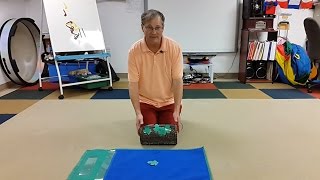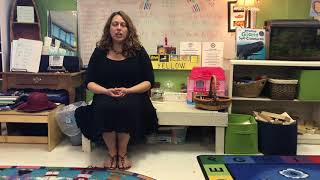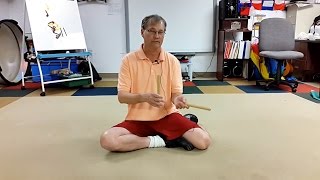Primary Music Lesson: The Rhythm Game
Mark Taylor, director of Rhythmically Speaking, prepares a primary school class for Samba ensemble work with a simple rhythm game.
Read Transcript
Listening, understanding, and responding to what is said is crucial to a child’s success in school. Songs that give direction are an enjoyable way for children to use their abilities to listen and respond. Like this teacher its important for you to be involved with the activity. Children are motivated buy your interest and enthusiasm. Modeling the movements will help the children understand what to do. Make sure you sing along with simple songs like this there’s very little preparation needed other than becoming familiar with the song. There are many well loved songs that help children understand and follow simple and multistep directions while their using their bodies. Besides being a lot of fun, this song enhances gross motor skills. Different children learn different things from this activity. Some may learn left and right. Others will learn body parts. Others will learn vocabulary. Children love reputation. So, don’t be afraid to use a song again, and again. You can use several songs to reinforce the same concept. The hokey-pokey requires children to demonstrate their knowledge of body parts as well as the concept of left and right. Because the concept of left and right can be confusing for young children, how you present the song depends on the age of the students. Some teachers model a song with their back to the class, so that they are using their left and right along with the class. Or, you can use mirror modeling where your facing the class, so you can watch the children. Recent research show that body space awareness skills transfer to other skills. A child who knows left and right on their body will also know left and right in print or on paper. This is important for reading, spatial orientation, will help children understand how to open a book. How letters look on a page, and which way the print goes. These spatial orientation skills are also used in writing. While children are moving, singing, and learning about their bodies they’re also learning to listen and respond.
Help teachers and children
worldwide by sharing how
you teach.
A global movement of people sharing knowledge and learning from each other, to better educate our children and create hope for the world.
A global movement of people sharing knowledge and learning from each other, to better educate our children and create hope for the world.






